History Repeats Itself for This Pontiac Firebird Trans Am 455 HO
The early 1970s were a confusing period in the engine bays of America’s cars, which saw the introduction of power-sapping emissions equipment, low compression, and crazy new math to calculate horsepower. None of it quite added up to the free-for-all fun our cars had been having just a few years prior.
Thankfully, there was Pontiac, which had a fine reputation for stuffing huge engines into small cars, a practice as much appreciated by enthusiast collectors today as it was by enthusiast buyers back then. GM’s performance division did its best to stave off the unstoppable downward trajectory of output headed our way.
Pontiac’s Firebirds were a prime example of the “no replacement for displacement” mantra, and they put up a good fight. The 1971 Trans Am, with its high-output 455-cubic-inch V-8, “only” churned out 335 horses, compared with the 370 from the previous year’s 400-cid V-8. By 1973, some 455-equipped Trans Ams were cranking out a mere 250 hp, and let’s not even talk about 1975…
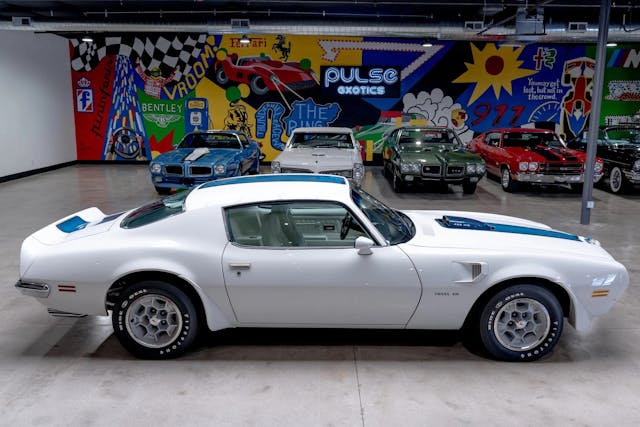
In 1972, however, things were still relatively sunny in Poncho engine bays (the 174-day UAW strike at Norwood Assembly notwithstanding). That year, Pontiac built just 1286 Firebird Trans Ams equipped with the 455 HO motor, which made an even 300 horsepower and hefty 415 lb-ft of torque. You could spec yours with either a three-speed automatic or a close-ratio M22 four-speed manual, and 458 TAs were ordered as such. That number includes our Sale of the Week car, which brought $102,375 with fees on Bring A Trailer when it sold on February 17.
This Trans Am was delivered from the factory in Cameo White over an Ivory vinyl interior to Al Ives Pontiac in Tonawanda, New York, and sold with a sticker price of $4651.32. Goodies included a Safe-T-Track limited-slip differential, a shaker hood, power front disc brakes, quick-ratio power steering, a Hurst shifter, a Formula steering wheel, Rally gauges, and an engine-turned dash.
The car was fully restored in 2014 using many of the original parts, along with new old stock (NOS) replacements when possible, and it appears that power windows, a period-correct AM/FM radio, and the gorgeous 15-inch honeycomb wheels were added at that time (Rally II wheels were standard). It still has its original engine and transmission and comes with documentation from Pontiac Historic Services.
The car was consigned to BaT by Nevada dealer Pulse Exotics on behalf of Pontiac collector George Pehanick. In all, Pulse is selling nine of Pehanick’s cars, including six stunning, highly optioned Pontiacs (a pair of ’67 GTO convertibles, a ’61 Ventura restomod, a numbers-matching 1970 GTO Ram Air IV, and a rare 1970 Trans Am Ram Air IV among them). It’s always nice to know that the car you’re bidding on came from someone who truly appreciated it.
Pehanick acquired this Trans Am in 2019, purchased for $96,250 at Mecum’s Kissimmee auction. At the time, the odometer reading was, according to that listing, “believed to be 36,200 miles.” In photos on BaT, the odometer shows 56,485 miles, “less than 1500 of which were added under current ownership. Total mileage is unknown.” The inconsistency was flagged by commenters and addressed by Pulse: “We believe the claimed original 36,000 miles by one of the major auction houses in their listing may have been a bit of hyperbole. Perhaps they meant to list 56,000. In any event, we can assure you the owner of the car for the last 5 years has put very little miles on the car.” The explanation is corroborated by a user claiming to be the handler for Pehanick’s cars.
Bidding opened at $22,222 and in 45 minutes had gone up to $60,000, fueling speculation in the comments that the selling price was going to reach the stratosphere. One commenter went so far as to claim these Ponchos “would be worth a million if they had a Ferrari or Maserati badge.” That’s likely true, but given the nature of the Ferrari market, so would a Ventura II, which is not an insult to Trans Ams, but merely a reflection on our wacky world.
This Trans Am did not sell for a million, of course, and in fact sold for nearly the exact same price it did five years ago in Florida. Back then, we likely would have considered it to be very well sold in #2 (Excellent) condition, when its approximate price guide value was $60,000. Today, a decade removed from its restoration, despite limited use, the car is likely closer to something between #2 and #3 (Good), which would peg its value around … $60,000. In that regard, we’d have to say, again, this car was very well sold.
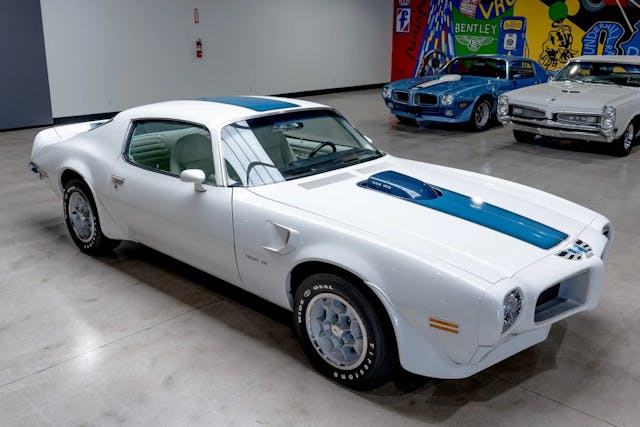
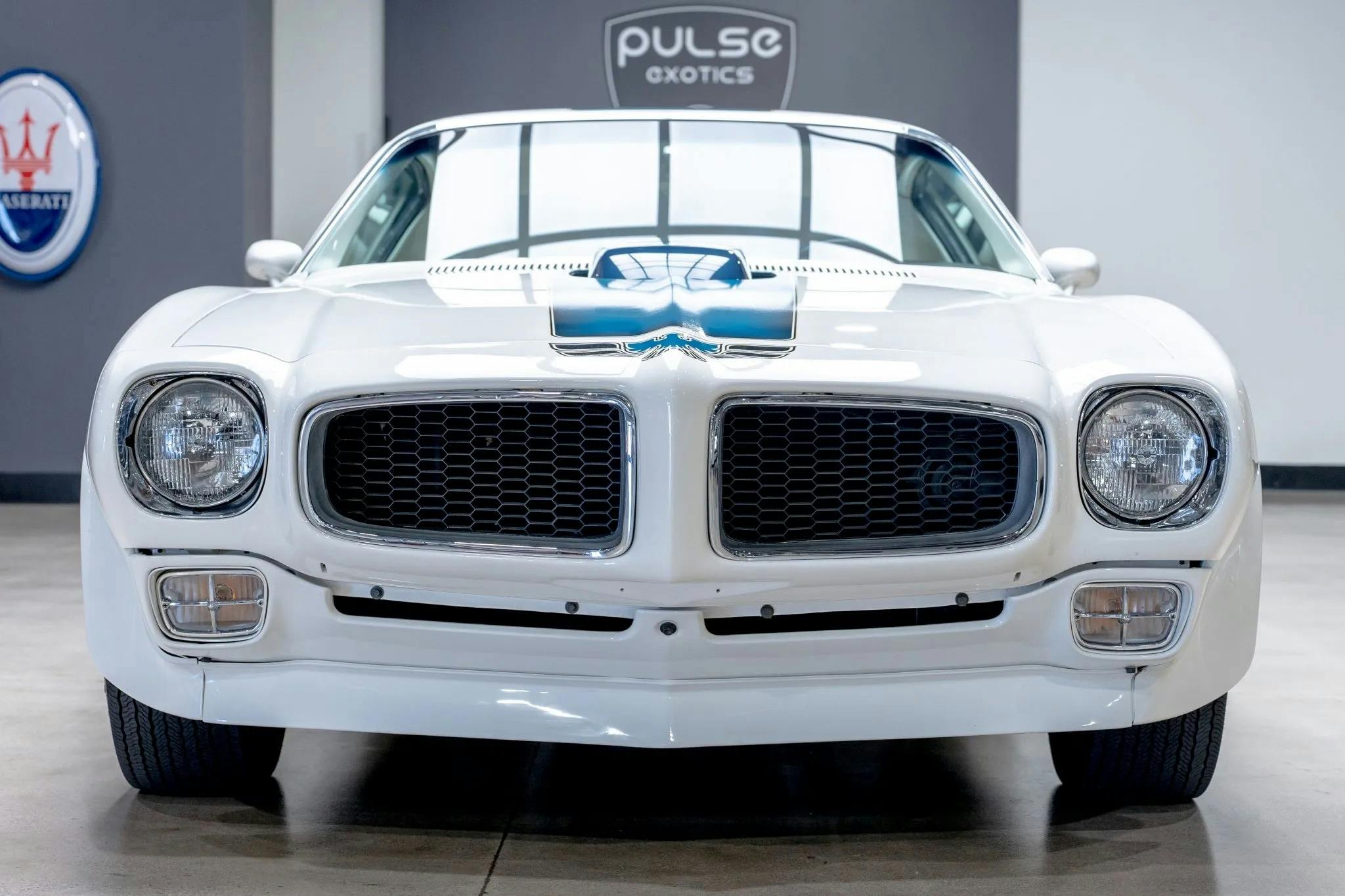
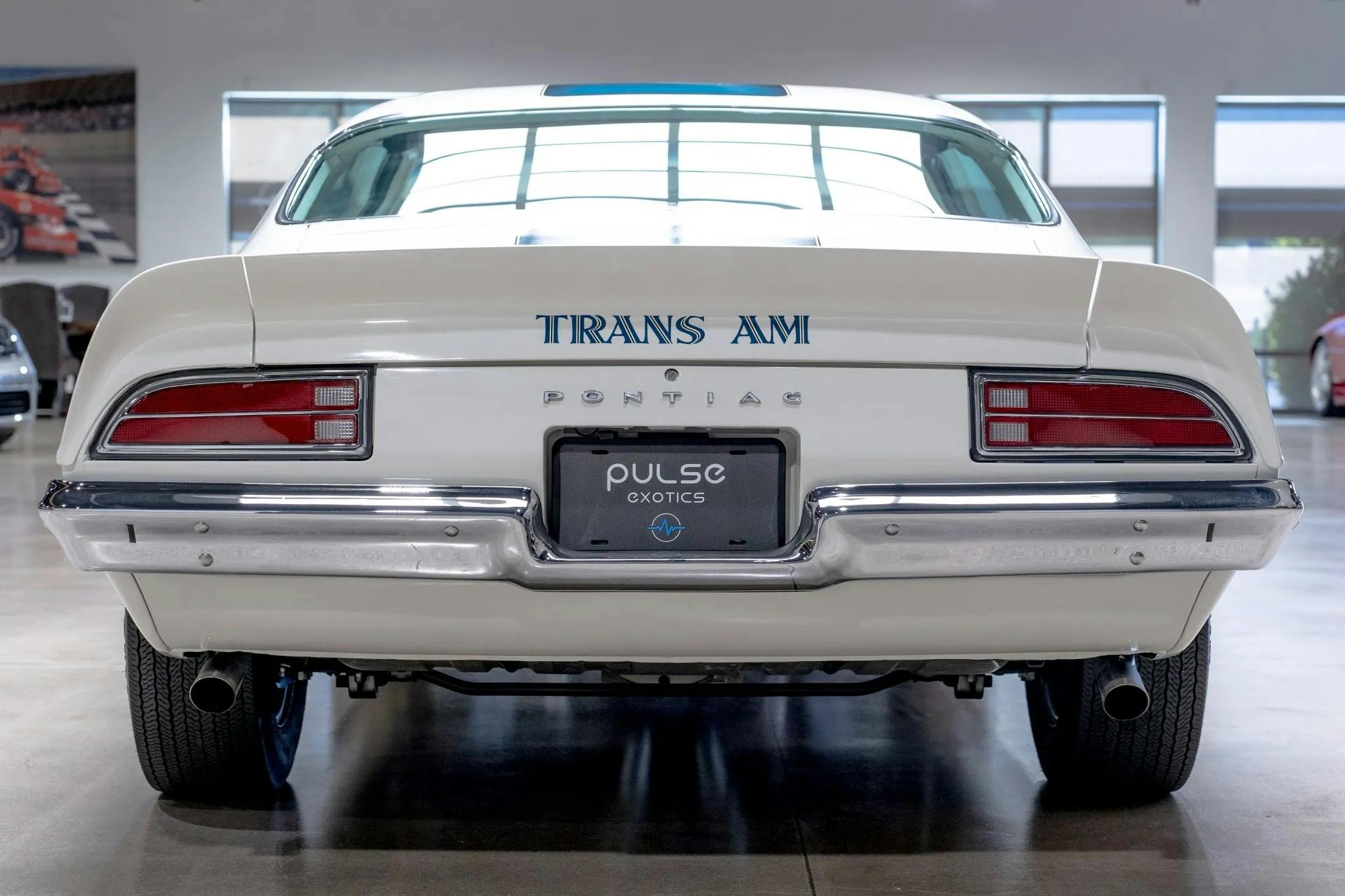
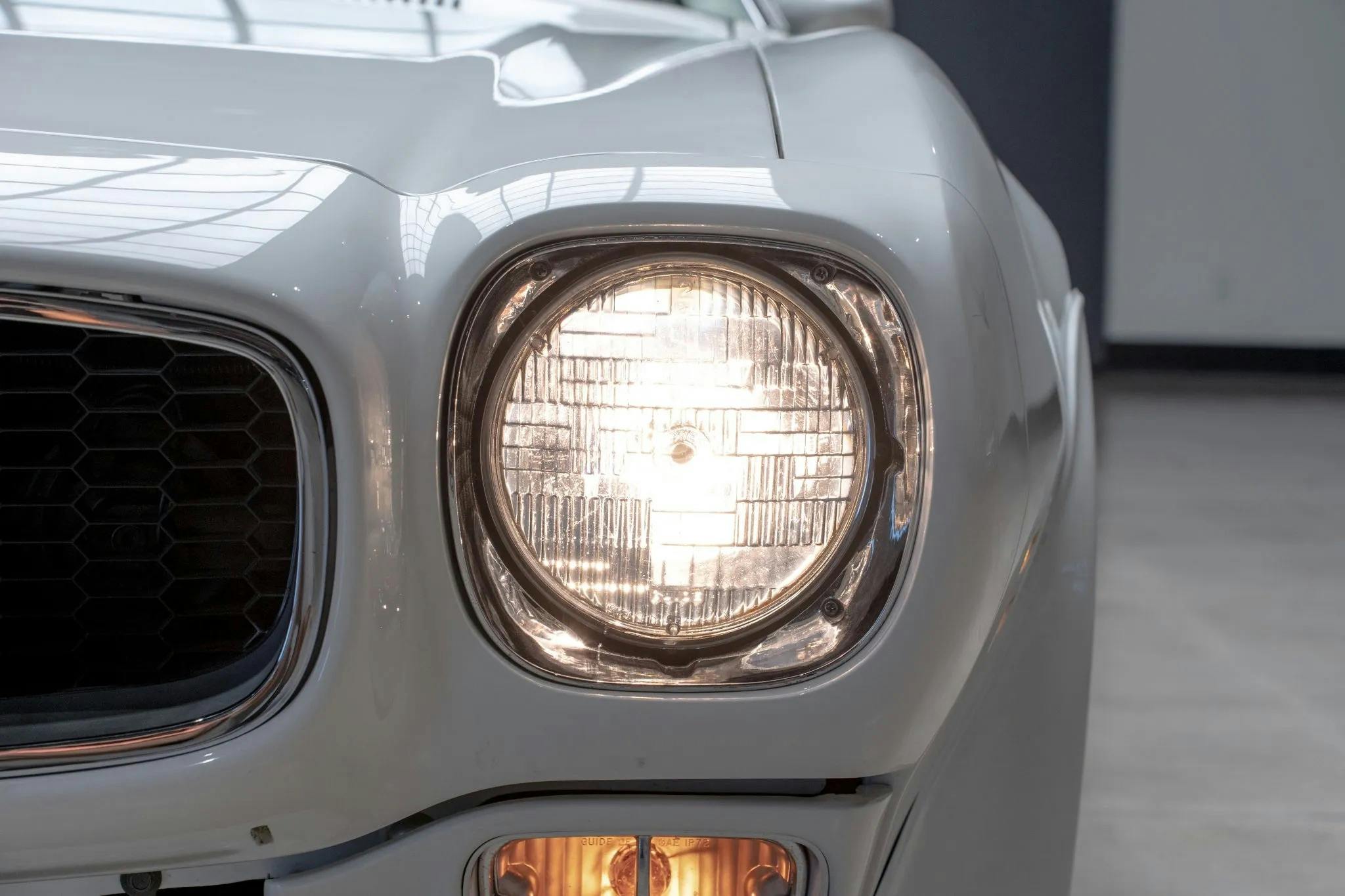
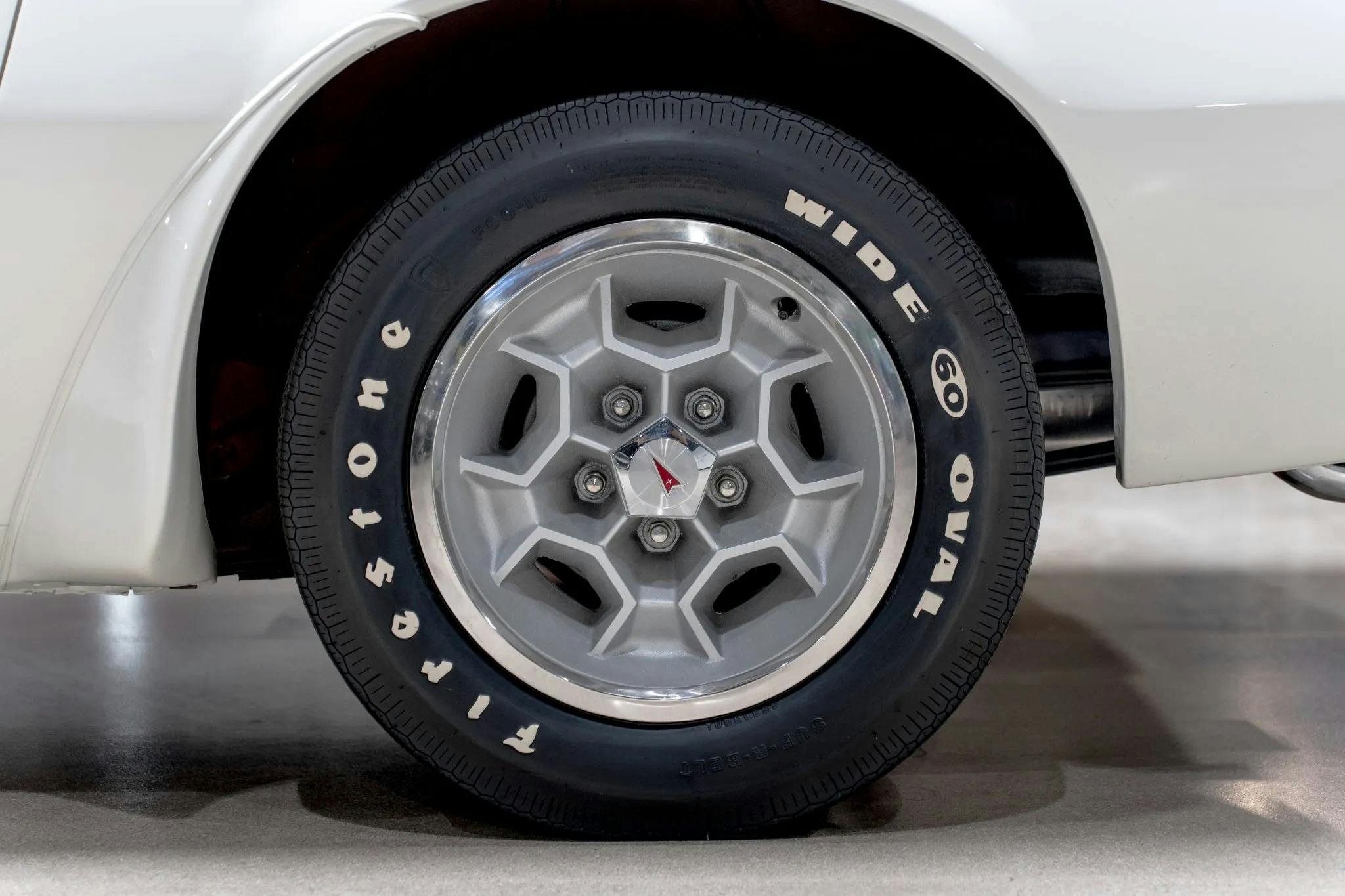


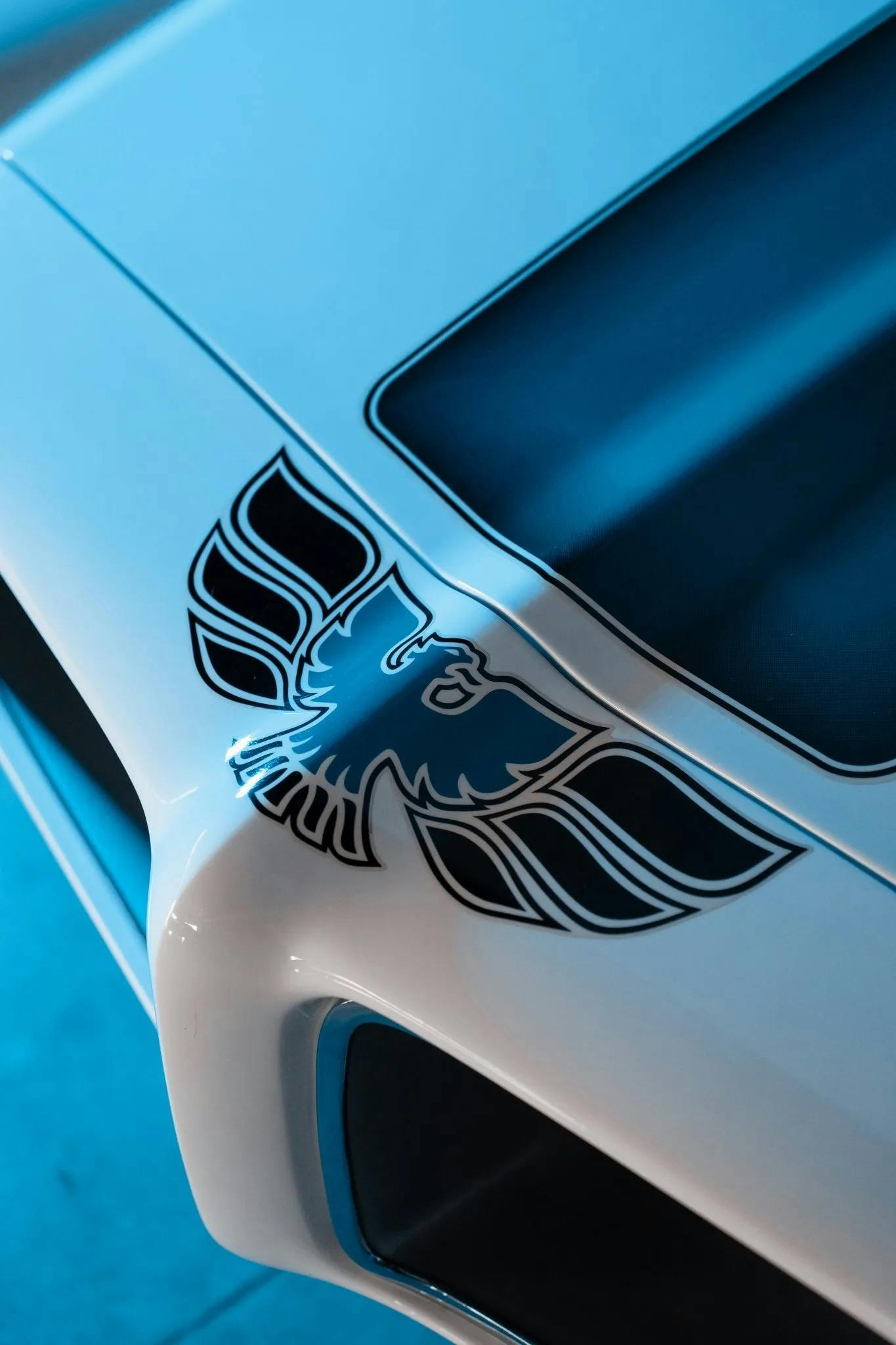


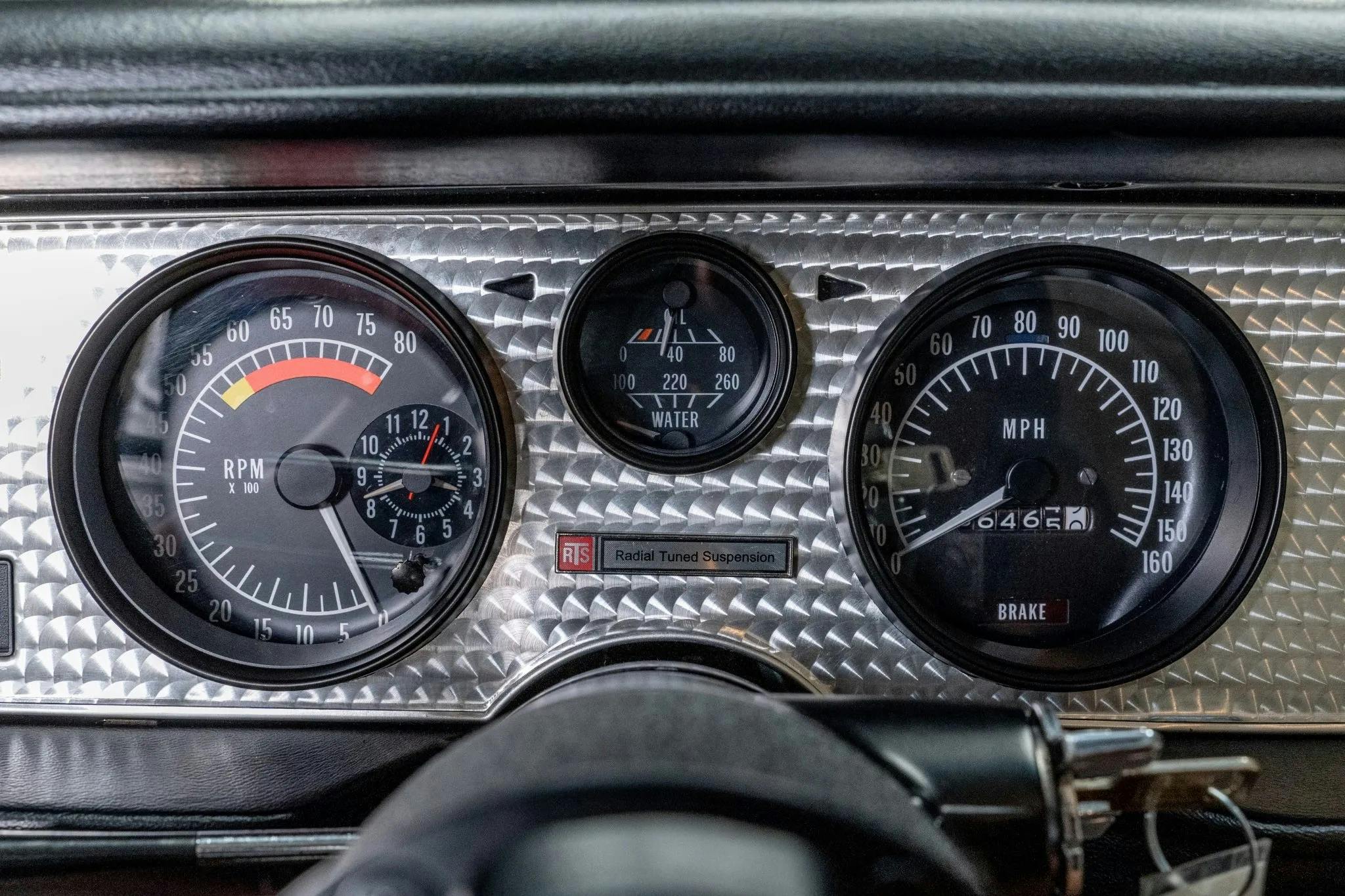
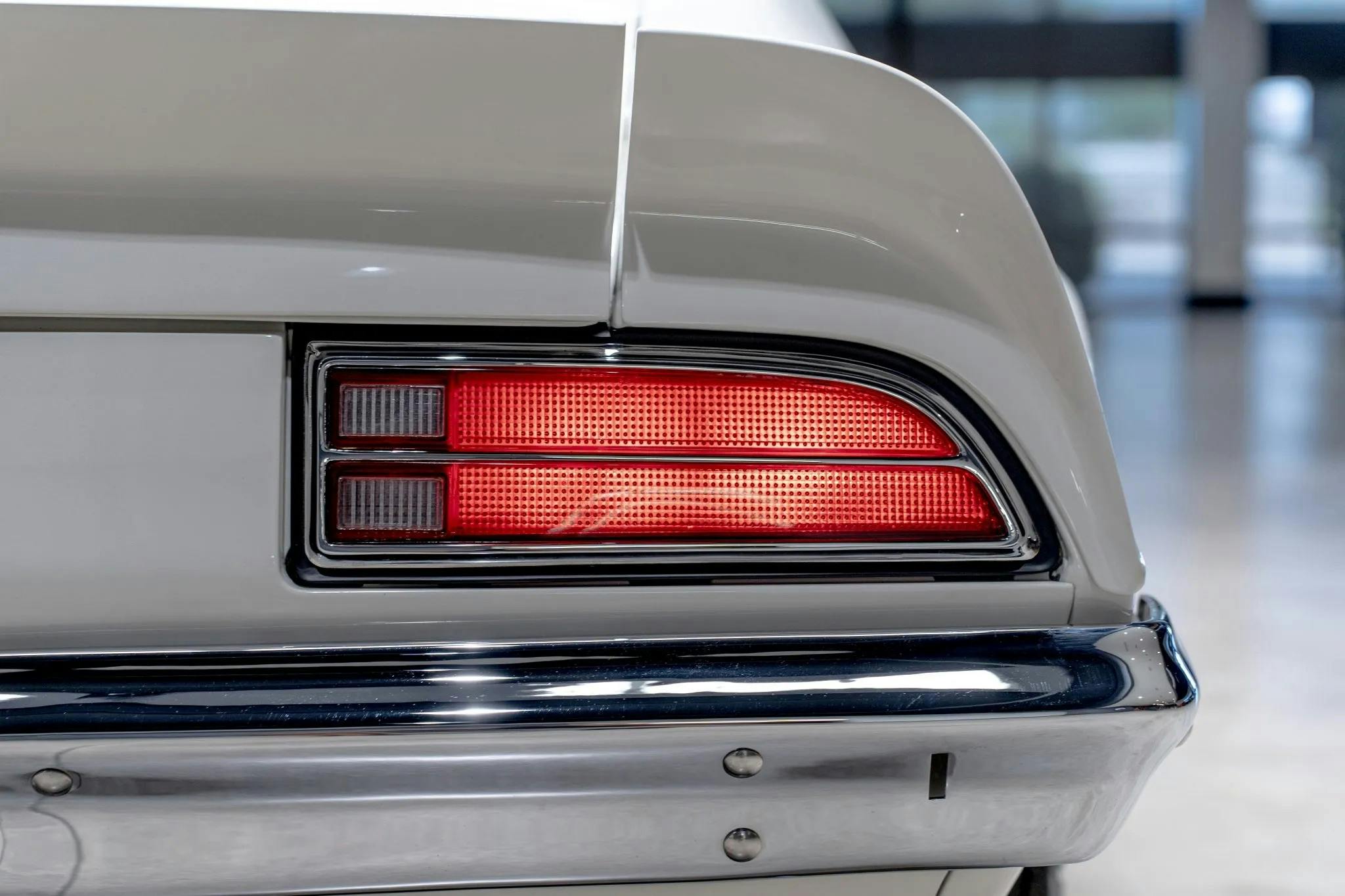




In 1988, there was one just like that, white with blue 455HO 4 speed for sale for $3500. I only had $1500 and my dad knew better than to chip in on such a car for a first time driver. I bought a ’72 Grand Prix with 400 and TH400 auto. My folks sold it for $500 when I left for Navy boot camp in ’91.
Just imagine if your dad pitched in on buying that car and you held onto it, 100k in profit right there. Always in hindsight eh
That’s why I’ll never sell my 88 foxbody and my 01 z06, cause when I retire someday. I know I’ll get my money back times 10!
I’m learning off other people’s “in hindsight” lol
There is another sale of a 1973 SD455 that is quite a story.
Sold new to a Texas oil exec with options not available to Joe Public, then had a ASC electric sunroof installed before delivery.
The winning bidder was the original owners son who drove it at 16 years old.
1973 Pontiac Firebird Trans Am SD-455 for sale on BaT Auctions – sold for $200,000 on December 21, 2023 (Lot #131,490) | Bring a Trailer
Such a beautiful beautiful car! Hope the new owner uses it often, this is just way too nice to sit in a climate controlled garage and not be driven…
You’re right. These beautiful machines were meant to be used.
Now if i had this Antique, Classic, Vintage and Magnificent Ride in my added collection there would be no way in hell this would be sitting around in my controlled environmental garage the minute spring to fall it will be driven around flexing and showing its muscles the way it supposed too.
Those honeycomb wheels, while gorgeous, did not hold up well in everyday usage. The “honeycomb” is a painted flexible injection molded insert that was adhered onto the rim to save costs. The wheels were heavier than Rally II’s and the paint would wear off of the insert over time. Year One/Jegs sells a beautiful cast alloy version of these wheels, which would be perfect for cruising use. The original honeycombs could be left in the garage and installed for shows.
Mark, you are so right! Those honeycomb wheels looked great on my car but they did not fare well over time and the finish was fragile. When mine started to fade, in my youthful ignorance I somehow thought putting some “heavy duty“ spray wheel cleaner on them would help. Instead, it ruined the inserts’ paint in a matter of minutes.
I’m probably the only guy to get PTSD from wheel cleaning! 😉 All these years later, I still use nothing but a gentle, soapy car wash to clean the wheels on my cars.
Beautiful. My first car was a 1970 Firebird, which ignited a lifelong love of cars. You never forget your first love, and I vow someday to build a 1970 restomod as a tribute to my original. I did notice one thing on this restoration though; the engine is not painted the correct color. Pontiac Blue was a light blue metallic color; this one looks more like Ford blue. I wonder why they made that choice.
From 1971 through March of 1973, Pontiac used the engine color shown, which is the non-metallic light blue.
Actually, there were 4 or 5 “Pontiac blue” engine colors, plus a “corporate black in later “Pontiacs”
My first car was a 73 Firebird Formula clone & it had a similar color engine. There was light blue, dark blue, light blue metallic, “GM” blue, & dark blue metallic, and black.
That is the same color as on the original paint ’72 GTO 400 4 sp that I have owned since 1977.
Interesting article, however author needs to differentiate between gross and net horsepower measurements.
I will never understand these writers who don’t differentiate the gross hp to net hp rating change after 1971. They have a nice platform for educating those who may not be aware of the change from gross horsepower to net horsepower in 1972. in fact, the power of these engines was nearly identical in 1972, to 1971. But, 90% of writers make it sound like it was all because of emissions regulations that caused the nonexistent drop in power. It was just a damn rating change! Get it right, writers!
+1
I’m not sure where the disconnect is between the Hagerty Price Guide valuation and the actual market price enthusiasts are willing to pay, but $60,000 for any “QUALITY” ’70-‘72 Trans Am with a 4-speed is 4-5 years behind the market.
Nice article on my 72 Trans Am White on White 455HO 4 Speed. This was and is a beautiful car. I think the new owner will be thrilled. I hated to see it go. It’s just time to downsize.
To clear up any pending confusion about the sale price, the car actually sold for higher than ‘listed’ sale price. As is the policy of the ‘auction house’ they can make up the difference between the high bid and the sellers reserve.
I need a 1973 455 trans am and I would like to own another one…????
It’s a beautiful Pontiac. Great color combo on that car.
I always loved the TA’s that had the stripe vs the screaming chicken. They look wonderful! My brother had a ’73 Super Duty TA in the same color scheme. Wonderful car.
Andy- While I agree that a helpful reminder ( *gross v *net ) might be useful to some, that was pretty much covered In the first paragraph here. The last of the holdout high compression engines disappeared in 71 so in 72 there was both lower ratios and the switch to net ratings. The perfect storm. People simply didn’t realize how many ‘parasitic’ loses occurred from external parts for instance. That belt driven stuff on the front of the engine that seemingly was just along for the ride. That being said even today many ignore the power lost in the drivetrain which could range from 20- 30 %. A rather healthy figure when translated into real wheel horsepower.
Well i have a 71 firebird now that i am restoring it will have the look of a 71 formula with all new body with all new engine and transmission and rear end and stuff because it’s not a numbers matching restoration. It’ll be all modern underneath but I just love the old Pontiac to 70 to 73.
Concerning gross vs net HP, I once saw an article that talked about comparing pre vs post emissions power by comparing acceleration times and top speed instead of horsepower ratings. Yes, there was a drop off due to emission requirements, but for some cars the drop wasn’t as dramatic as the horsepower ratings might suggest. As another commenter noted, the gross horsepower ratings didn’t take into account parasitic losses from belt driven items.
Mike- I believe you are right sir. While many of the top dog engines had to be significantly detuned, many of the less aggressive weren’t initially effected to such an extent. An average around 350 cubes ,4 bbl, dual exhaust, hydraulic cam for instance didn’t really suffer quite as much. It was only the sudden precipitous drop on paper that caught people off guard. That’s the thing about this T/A . Giving credit where credit is due, it was sort of a last hurrah for the true muscle car. What followed ,as called here the malaise era, were only performance appearance packages. That is until.